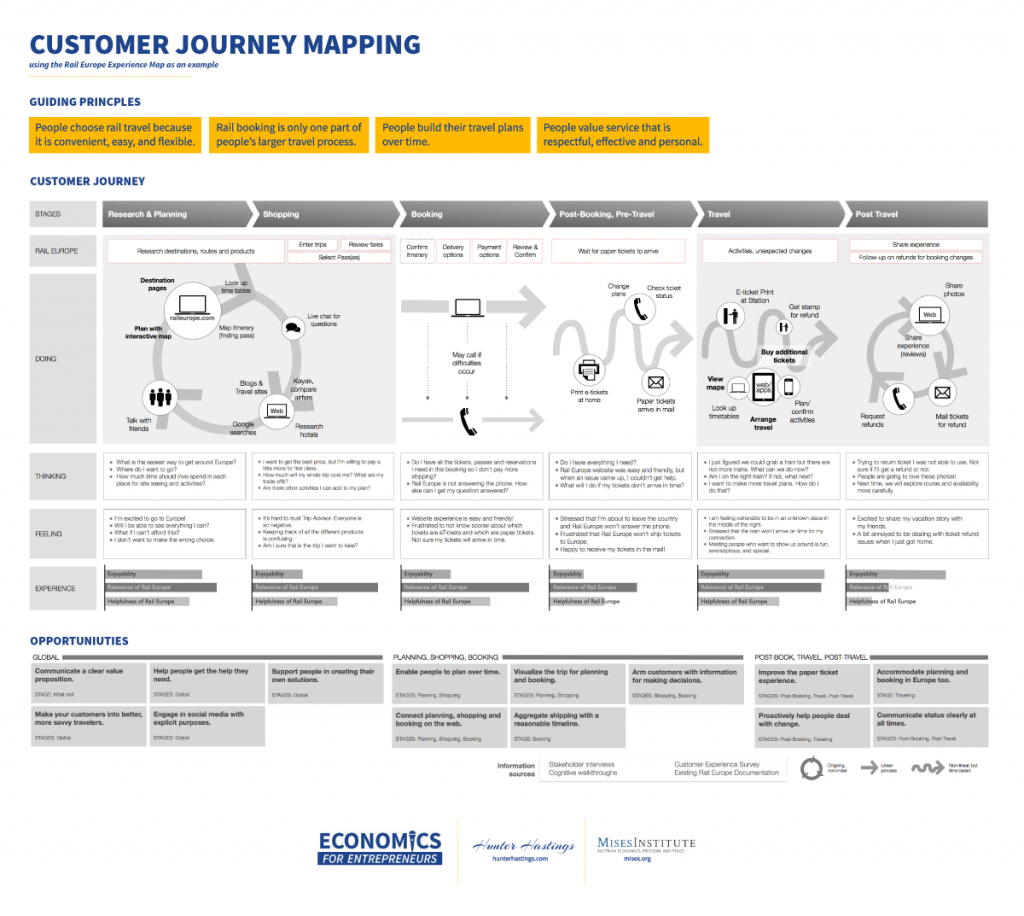4. Bob Luddy on Entrepreneurial Specialization
It’s a fallacy for an entrepreneur to believe in chasing the biggest possible audience or the largest possible market. Why? Because your business will get pulled in the direction of “all things to all people”, and you may end up pleasing none.
The opposite rule applies: identify and gather specialized knowledge, and apply it in a specialized market to a select group of customers. Aim to be the best in your specialization. To do so requires discipline, application, and—as we discovered when we talked to Bob Luddy—time.
Bob is the founder and CEO of CaptiveAire, a business specializing in commercial kitchen ventilation systems. It’s a fast growing business, now generating hundreds of millions of dollars in revenue and hailed by its customers as best-in-class. It didn’t get there overnight, and it didn’t get there without some difficult moments along the way. Bob shares his experience with us on Economics For Entrepreneurs.
Show Notes
Bob Luddy’s case history represents an approach to starting an entrepreneurial business that is sometimes called Effectuation, illustrated in this handout. See also Bob’s book, Entrepreneurial Life: The Path from Startup to Market Leader.
Your first business may not be your ultimate business. Bob started in the fire suppression business. He aimed to be the best in that niche, but realized that there was a better opportunity in kitchen ventilation, so he made the switch. The new business was a slower build, but in a more fruitful market.
He felt a positive tipping point in year 9. He obtained a commercial bank loan — prior to that he had been short on capital. Now he felt he could accelerate growth. That didn’t mean he had “made it”, but that he was on slightly firmer footing. Nine years is a long time to find firmer footing — be patient! It takes a long time to build a great business.
Patient specialization is a critical component of success. So-called “serial entrepreneurs” never spend enough time to be the best at the business they’re engaged in. By being patient, Bob was able to identify weaknesses in the market on which he could capitalize: long lead-times (shorten them!), high prices (lower them!), imperfect performance (improve!), and poor service levels (invest in service!). These were innovations a new entrant could bring.
Be the best in your specialization — not all things to all people. Bob’s specialization methodology has been to create the highest industry standards for the products and services he sells, and then don’t deviate. Don’t make “wild” sales promises that are not standard. Keep to a tight range of products so as to drive down costs, and shorten execution times. Competitors who try to be “All things to all people” go out of business. Specialization is a basic economic concept that is key to success.
Systems thinking brings growth to specialization. Thinking like a customer means systems thinking: what is the complete solution the customer is seeking? Specialization does not mean being a tiny piece of the solution. By integrating the entire system, you become more valuable to the customer. The future of entrepreneurship is in integrating systems, and defining integration is the job of the entrepreneur. A business can keep growing by advancing towards greater integration.
Innovation is ephemeral — you never stop. Innovation is important, but don’t think of it as an event. It’s an activity that is continuous. Every single innovation will be competed away. You’ve just got to keep on doing it, and always be alert to new ideas, new combinations of existing ideas, and changes in customers wants and needs.
All decisions are subject to re-evaluation. None of us gets it right every time. Most decisions are made with incomplete information. But that’s necessary — an entrepreneur needs to make high velocity decisions. If they are wrong, own up to it, fix the consequences and re-evaluate based on new information.
The purpose of a business is profit. With no profit, there is no business, no jobs for employees, and no innovation. Make profit in a fair and moral way. And make profit in the long term, not necessarily maximizing profit in the short term. Everyone — the whole society — benefits.
Entrepreneurs don’t plan: they execute a vision. Entrepreneurs have a vision they are working towards. They have aspirational goals for sales or revenues. But they know they can’t plan the future. It’s hard to plan a month or even a day, let alone five years. What they can do is execute with excellence. The key question is, did you get it done today? As the world of business closes in on real time, execution is primary.
The winning entrepreneurial trait is brute determination. Sometimes, all you have is your own determination to succeed. You define what are the things that MUST be done, and you execute with no exceptions. Vision is good, but execution is hard. Doing the hard things, correctly and consistently, is what makes an entrepreneur.
DOWNLOAD
Download Bob Luddy Effectuation.pdf (101.49 KB)
